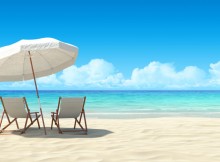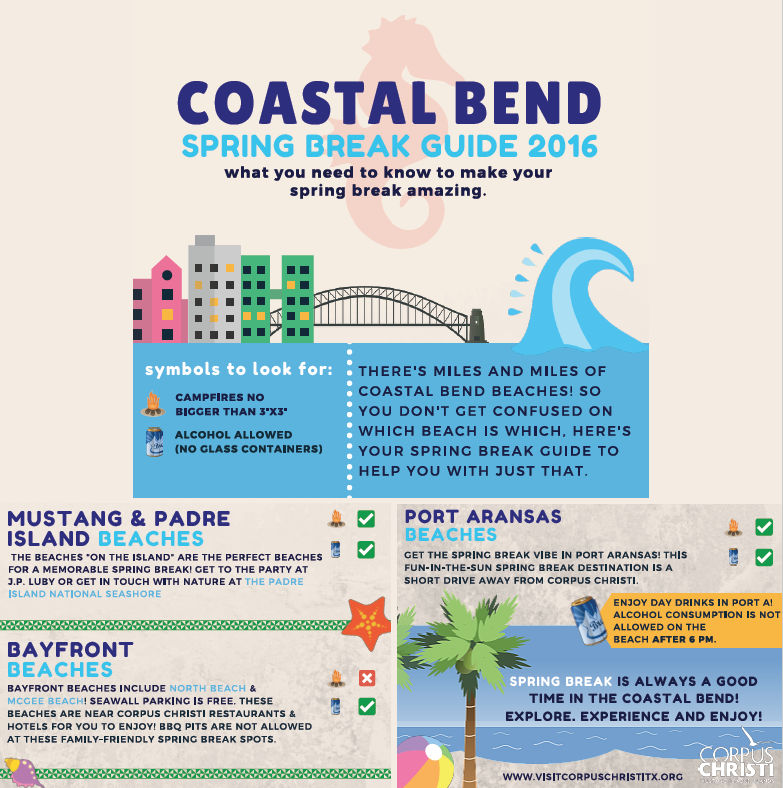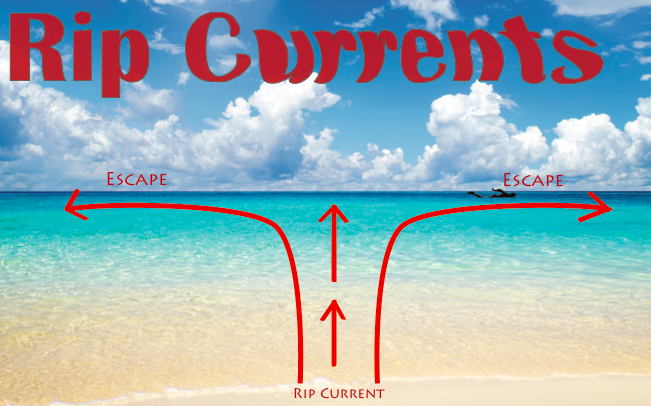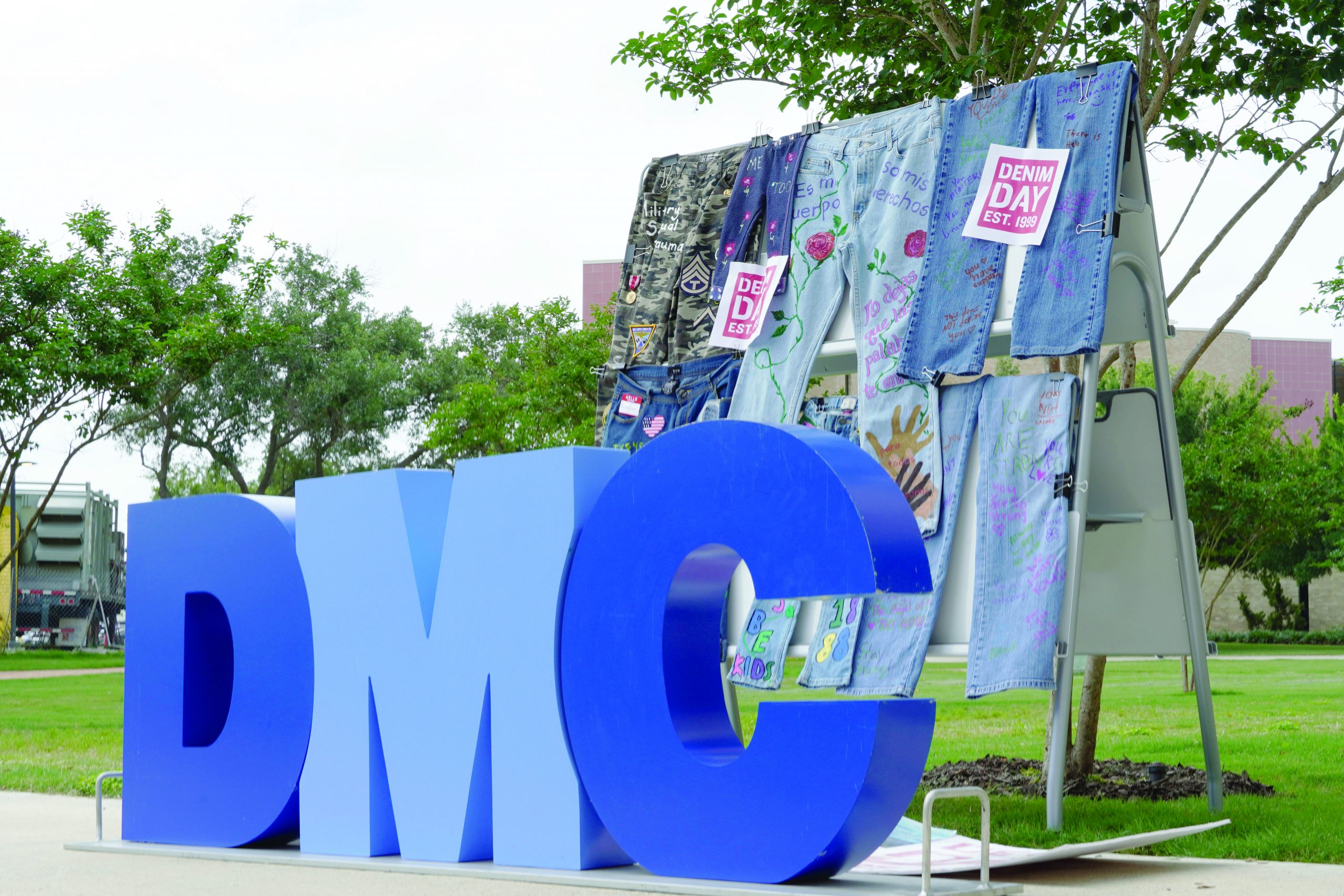Spring Break is all about the partying, but the Foghorn staff would like to share some tips for you this break so that you know what the do’s and don’t’s are at local beaches and how to stay safe.
Leah Rivera
If you plan to spend Spring Break in Port Aransas, be aware of the alcohol curfew that will be in effect. From March 12-20, no alcohol will be allowed on beaches from 6 p.m. to 7 a.m..
The Port Aransas City Council passed the ordinance in an effort to reduce crime in the area during Spring Break.
“One of our officers got hit in the head with a bottle,” Port Aransas City Manager David Parsons said of a recent spring break. “It was escalating to the point that the council said we need to step it up a bit.”
This ordinance allows the Port Aransas police chief to enact a prohibition to consume alcoholic beverages on Port Aransas beaches if in his opinion (or his assigns) there exists a life/public safety issue.
“If someone gets a ticket, it won’t be just for that. It’s going to be either (public intoxication), ghting or some other type of mischief. This is a tool to get them to dump the beer out where there’s trouble,” Parsons said.
Whether you’re out for the surf or just relaxing by the beach, drink responsibly this Spring Break.
Want to know more about the author?
Follow Leah on Twitter.
Cayce Berryman
As Spring Break approaches, students plan beach days, bonfires and shop for their swimsuit style for the year. This year, however, Corpus Christi’s bayfront beaches, Padre Island and Port Aransas have a few rules that cannot be overlooked for anyone who wants to have a weekend without authoritative interference.
Since the burn ban ended March 1, according to tpwd.texas.gov, all beaches in Port Aransas and on “The Island” allow bonfires; however, bonfires cannot be any larger than 3 feet by 3 feet. So, before digging a pit for all-night fun, consider the dimensions and plan accordingly.
On Padre Island, bayfront (North Beach and McGee Beach) and Port Aransas beaches, alcohol consumption is allowed, but leave the glass bottles and bring cans only. If glass shatters, animals or children will find it the next day.
On Port Aransas beaches, alcohol consumption is prohibited from 6 p.m. to 7 a.m., so if your party is going to last longer, plan for a different location or save the party for after an evening at the beach and keep the alcohol at home for the real fun. Alcohol consumption is limited in Port Aransas from March 12-20.
Children and families walk the beach the next day so out of respect for other beachgoers, make sure to clean up any remaining trash and debris.
Beach Parking Permits are a must in certain areas between Port Aransas and south of Bob Hall Pier, according to visitcorpuschristi.org. Permits are $12, and they are valid for the whole year. Permits can be purchased at the Visitor Information Center, located at 1590 N. Shoreline Blvd.
McGee Beach:
No entry fee
No permit required/no parking on beach/free street parking
Public restrooms
Mustang Island State Park
Pet-friendly
Free entry 12 and younger; adults $5 daily
Open 7 a.m. to 10 p.m. daily
Call 361-749-5246 for more information
Public restrooms
J.P. Luby Surf Park/North Packery Beach on Mustang Island
(located left on State Highway 361 and right on Zahn Road)
Beach parking/permits required
No public restrooms
South Packery Channel Beach aka South Packery Jetty Beach
(located Access Road 3A)
No entry fee
Open 24/7
Parking on beach/permit required
No public restrooms
Padre Island Seawall Beach
(located from White Cap Beach to South Packery Beach)
No entry fee
Open 24/7
Free parking in Windward parking lot/parking permit required to park on beach
No public restrooms
Padre Island National Seashore
(20420 Park Rd 22, CC 78418)
$10/day entry fee for seven consecutive days (annual pass is $20)
Open 24/7
Parking permit required for on beach
No public restrooms
Bob Hall Pier and Padre Balli Park
(located on north end of Padre Island 15820 Park Rd 22, CC 78418)
No entry fees
Open 24/7
Parking permit required if parking on beach
Public restroom and ADA accessible facilities available
Picnic tables and cabanas onsite
Fees for pier fishing; find in detail at visitcorpuschristitx.org/see-and-do/beaches/pier-balli-park/
Whitecap Beach
(located between Padre Balli Park and the seawall on North Padre Island)
No entry fee
Open 24/7
Parking permit required if parking on beach
No public restrooms
Least crowded of all beaches
North Beach
(near the Lexington Museum on the Bay and Texas State Aquarium)
No entry fee
Open 24/7
Free parking on street and in parking lots across from beach
Cabanas and picnic tables available
Public restrooms
Want to know more about the author?
Follow Cayce on Twitter.
Colby Farr
Spring break is upon us and for many that means it’s time to hit the beach. You have checked everything off of your list — suntan lotion, swimsuit, drinks, food — but there’s one thing you might not have thought of: rip currents.
According to the National Weather Service, 79 percent of all surf zone fatalities in 2014 were caused by rip currents. A rip current is a current of water that ows from the shore and out past the breaking waves, into the deeper part of the ocean. They are present at the majority of beaches at any time of the year, but most currents are too slow to be a real threat. Certain factors, however, such as waves and tides, can cause a rip current to increase in speed and become more threatening.
Rip currents are formed by water that is caught between the breaking waves and the shoreline. This water is returned to the ocean in the form of a rip current.
Keep an eye out for rip currents by looking for channels of water that have a different color, a break in coming waves, or a channel of seaweed or foam moving out to the ocean.
Swimmers caught in a rip current should refrain from panicking and save their strength by not swimming against the current, according to the National Weather Service. When caught in a rip a
swimmer should swim parallel to the beach until free from the current’s grip. Once free of the current, the swimmer should swim at an angle back to the shore to get away from it. If you cannot break from the current and cannot reach the shore, do not panic. Wave and shout toward the shore to get people’s attention.
Be sure to check out the surf zone forecast before heading out to the beach. You can find the surf forecast for Corpus Christi on the rip currents website, sponsored by the National Weather service.
For more information on rip current safety and beach forecasts, visit www.ripcurrents. noaa.gov.
SAFETY RULES
1. Learn to swim.
2. Wear a life jacket if you don’t swim well.3. Be aware of rip currents.
4. Obey warning signs and ags.
5. Don’t swim alone.
6. Stay in waist deep water during high surf.7. Never leave children unattended.
8. Do not swim near the jetty.
9. Don’t use inflatables in the surf.10. Don’t overestimate your swimming ability.
11. Don’t drink and swim.
Want to know more about the author?
Follow Colby on Twitter.








